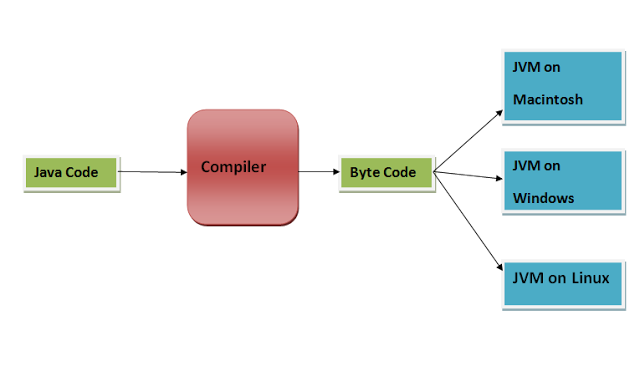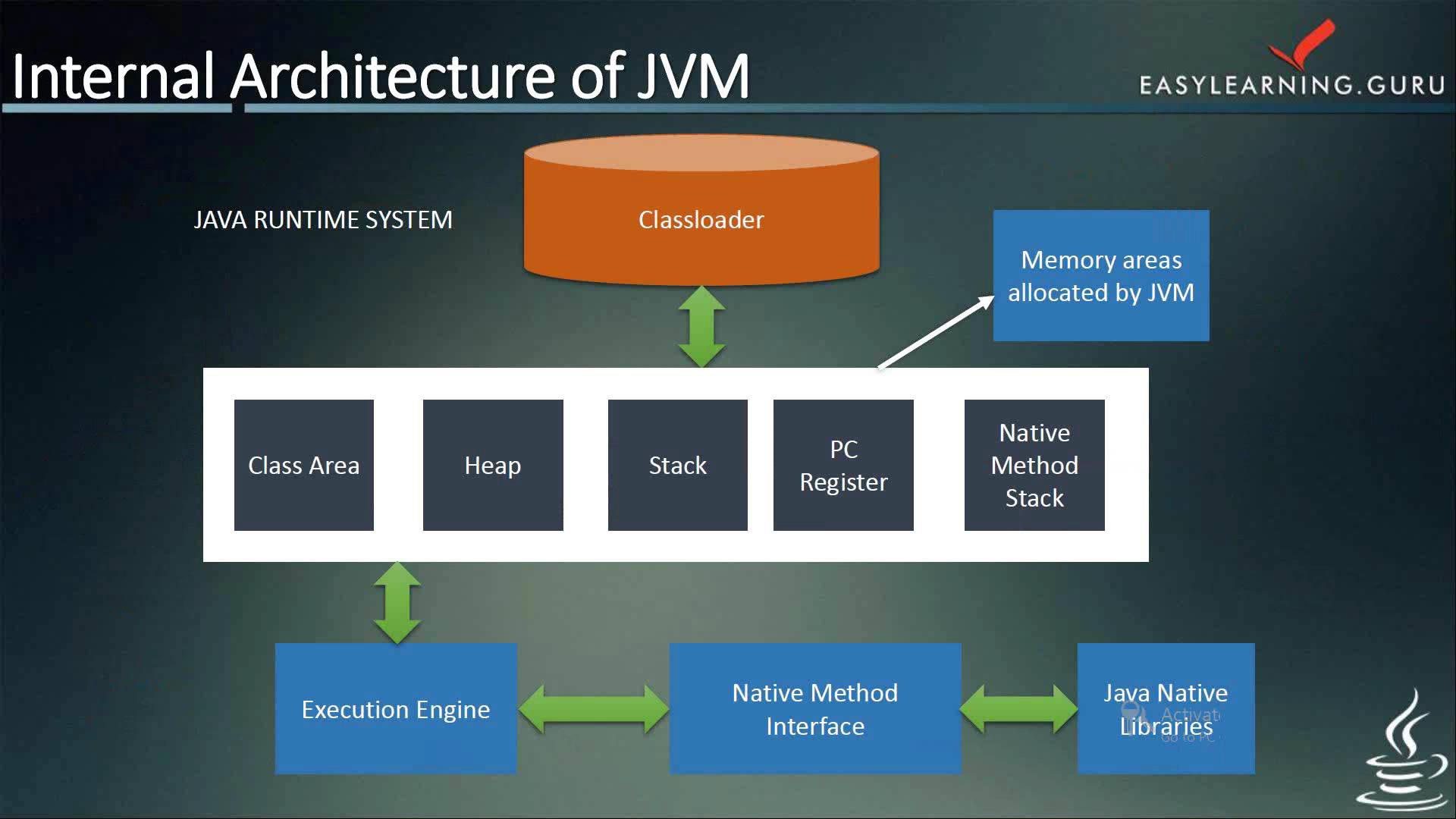In this blog we are disucssed about Java Portability. When you compile a Java program, it undergoes a transformation into something called “byte code.” This byte code is then executed by the Java interpreter, which translates it into machine-specific instructions. This interpreter, a crucial component of the Java Runtime Environment, is known as the Java Virtual Machine (JVM). What makes Java stand out in the world of programming languages is its ability to produce byte code that is independent of any particular machine or operating system. This machine independence and architecture neutrality are made possible by the JVM, and they form the foundation of Java’s widespread popularity.
Java’s Byte Code Magic – JVM
Imagine you have a Java program, and you want to run it on different machines with varying operating systems, such as Windows 98, Macintosh, or Linux. Thanks to Java’s unique approach, this is entirely possible. When you compile a Java program, the Java compiler reads your Java source code and translates it into Java byte code. This byte code is then stored in class files.
The beauty of Java byte code lies in its platform independence. It’s like a universal language that any machine with a Java interpreter can understand. This means you can take your Java program, compiled into byte code, and run it on any computer that has a suitable Java interpreter installed. Java’s portability stems from this ability to create programs that are not tied to a specific hardware platform or operating system.

The Role of Java Virtual Machine (JVM) (Java Portability)
The Java Virtual Machine (JVM) is the heart of Java portability. It acts as an intermediary layer between your compiled Java program and the underlying hardware and operating system. When you run a Java program, it’s the JVM that executes the byte code.
Here’s how it works: The JVM takes the byte code, which is essentially a set of instructions, and translates it into machine-specific instructions that the host system can understand and execute. This translation happens in real-time as the program runs. It’s like having a skilled interpreter who can translate your words into different languages on the fly, allowing you to communicate with people from diverse backgrounds.
Java Portability in Action
Let’s say you have a Java program that you’ve compiled into byte code. Now, you want to share it with colleagues or run it on your personal computer, which may use a different operating system than the one you developed it on. No problem. As long as there’s a compatible JVM available for the target machine, your Java program will run seamlessly.
This ability to write once and run anywhere is a testament to Java’s versatility. It has made Java a top choice for developing cross-platform applications, from mobile apps to web applications and enterprise software.
Java Portability Benefits
Java’s portability offers several key advantages:
- Cross-Platform Compatibility: You can develop Java applications on one platform and confidently run them on various platforms without modification.
- Reduced Development Time: Developers can focus on writing code without worrying about platform-specific issues, leading to faster development cycles.
- Cost-Efficiency: Businesses can save on development and maintenance costs by using a single codebase for multiple platforms.
- Wider Reach: Java applications can reach a broader audience since they are not limited to a single platform.
- Consistency: Users experience consistent behavior across different devices and operating systems.
In conclusion, Java’s portability, driven by its byte code and the Java Virtual Machine, empowers developers to create software that can run on any machine with the appropriate JVM. This remarkable feature has solidified Java’s place in the world of programming and continues to be a driving force behind its popularity. Whether you’re a developer aiming for cross-platform compatibility or a business seeking cost-effective solutions, Java’s portability makes it a valuable tool in your toolkit.
Other related resources for Java.
Official documentation of JVM – Java Virtual Machine.
 IT2EDU Empowering Education Through Technology
IT2EDU Empowering Education Through Technology

